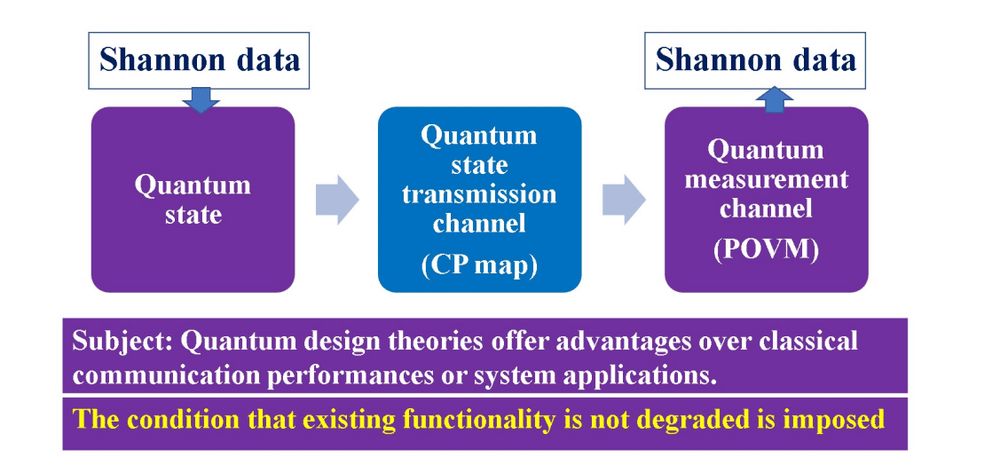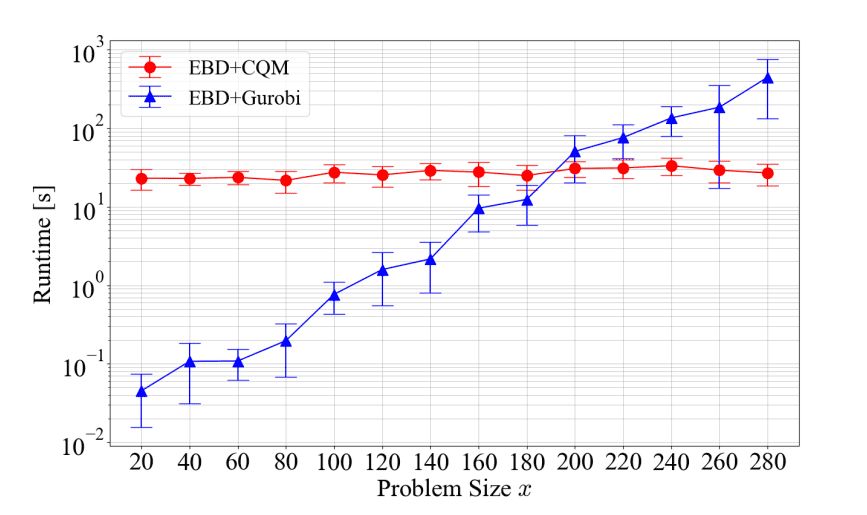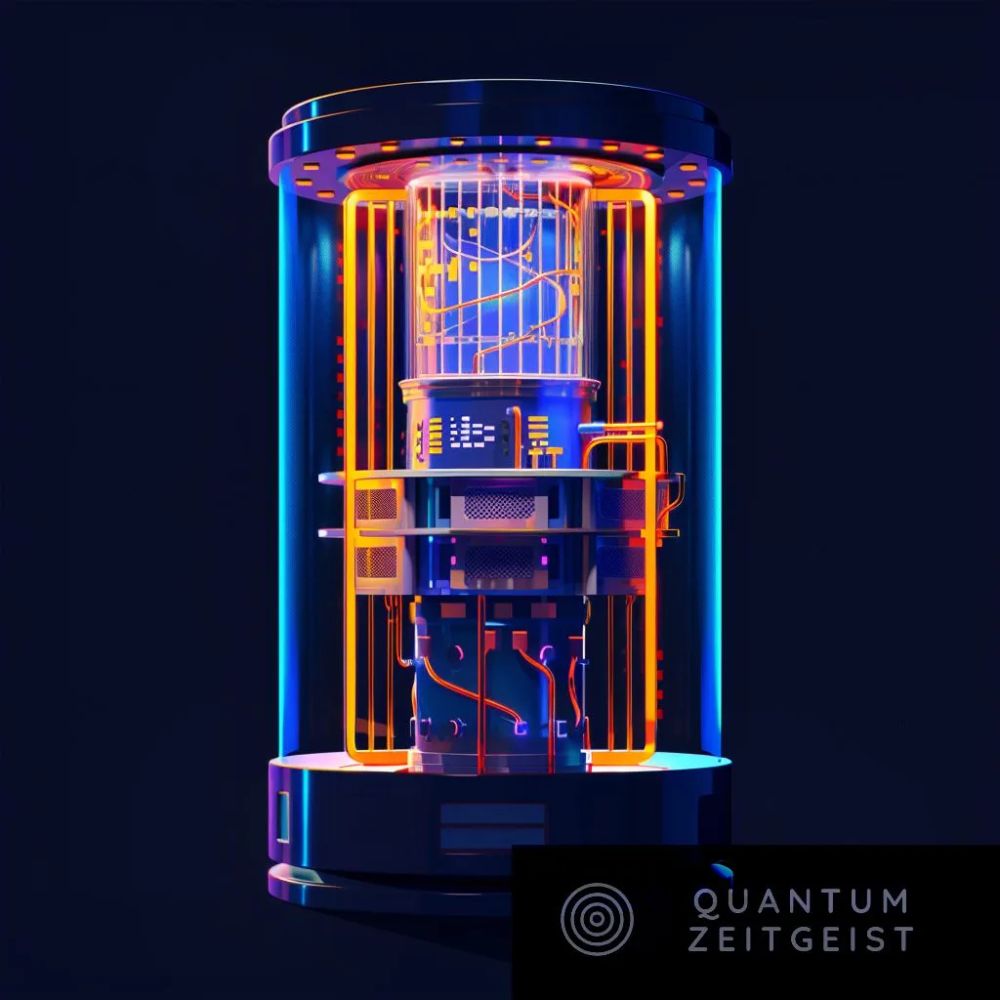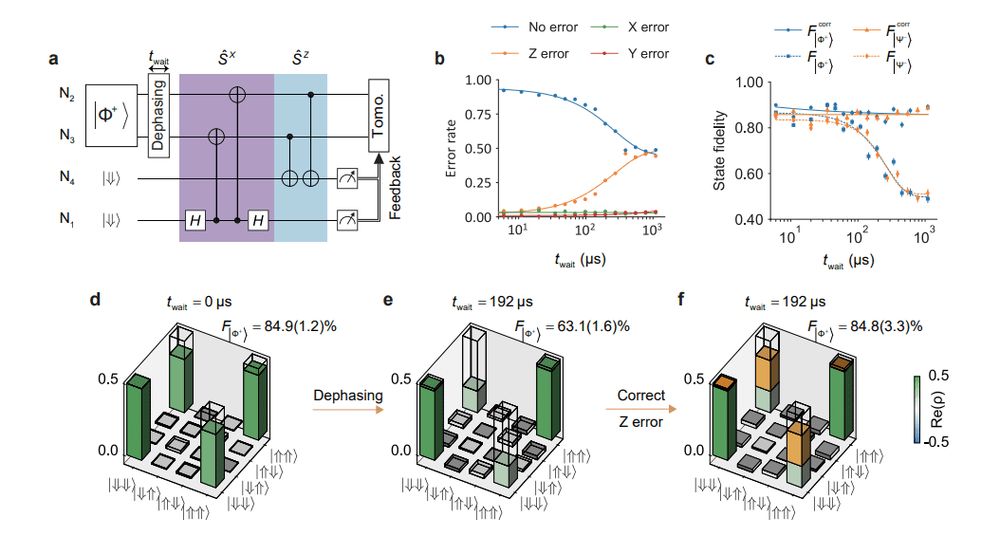edtech and digital /cyber strategy/ advisor against tech enabled harm/ domestic abuse #edtech #education #harmreduction she/her
IT Security Admin/Blue Team – He/Him/Fucker – Weapons Grade Shitposting
🇵🇸 Free Palestine
🏳️⚧️Trans Rights = Human Rights.
🅅 Veilid for the people.
Antifascist Tech Support ™️
Don’t like me, complain to my boss: 248-434-5508
MrJhnsn.com
SF, CA
Web hacker 😈
Burp Suite Pro trainer 👨🏫
Maintainer of @mastering-burp.agarri.fr 🛠️
Information Security professional. At least that is what people claim. More of an information security curmudgeon.
✍ Author of Cloud Security Handbook & Security for Cloud Native Applications
☁ Cloud Security Architect (AWS · Azure · GCP)
📝 Blogger & public columnist
🔒 Certs: CISSP • CCSP • CISM
💭 All opinions are my own
Website: https://linktr.ee/eyalestrin
The former Conservative MP for Dorset East.🇬🇧
DC resident and cybersecurity writer, analyst, book author, publisher. https://metacurity.com/ https://cyberriskbook.com/
https://www.csoonline.com/profile/cynthia-brumfield/ https://infosec.exchange/@metacurity
Send tips to Cynthia.507 via Signal.
Machine that turns video game music and coffee into cryptography education
Recorded Future - Ransomware Researcher
Owner @greenarcher.io - Yours Truly, Johnny Dollar | The Press Guardian | The Clock | The Green Archer
Weird mix of security, comics, photography and wine!
www.greenarcher.io
No DMs!
Formerly exploited cybersecurity professor at OPIT. Previously AT&T, BlackBerry, Hack The Box.
Founder of StopGenAI.com
Ultimate Cybersecurity Careers Guide
Hacker Culture: A to Z, O'Reilly
https://kimcrawley.com
Summarizes the hottest content on r/cybersecurity once per hour. Warning, the summaries are generated by an LLM and are not guaranteed to be 100% correct. Operated by @tweedge.net, open source @ https://github.com/r-cybersecurity/best-of-bot
Ninja Owl specialises in Proactive Cyber & Privacy Security.
📰: This is our auto news feed to keep you up-to-date and aware.
🕸️: https://ninjaowl.ai
#cybersecurity #hacking #news #security #technology #infosec #osint
Gray haired gray hat. Co-founder Veracode. Former L0pht security researcher. Builds tools to find and fix vulnerabilities in code at scale. Twitter: https://twitter.com/WeldPond
The ARC Centre of Excellence for Dark Matter Particle Physics brings together experts from across Australia and internationally to unlock the secrets of dark matter and foster the science and engineering leaders of the future.
Professor of elementary particle physics. In this universe my cat is definitely dead.
Quantum computing scientist & manager. Currently Project Director / Group Manager at Fujitsu. Interested in computing, physics & chemistry, history and politics. Opinions are mine and may not reflect the position of my employer.
Connoisseur of immersive. Investor. US/UK @timewavestudio.bsky.social
Your trusted source for Asian news
Interested in HPC & large storage systems
 10.10.2025 23:30 — 👍 1 🔁 1 💬 0 📌 0
10.10.2025 23:30 — 👍 1 🔁 1 💬 0 📌 0



























